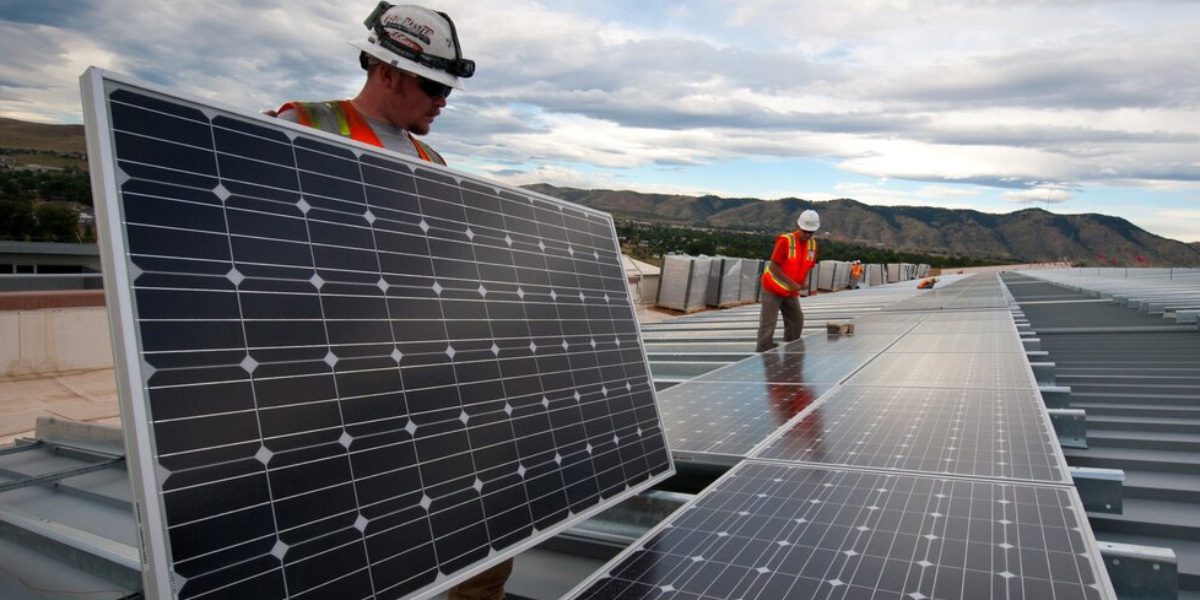Sustainability Within The Built Environment
Sustainability is a growing factor in how buildings are designed and constructed, from planning through to completion. Driven by improvement in policy and regulation, sustainability is now a key aspect of how buildings are designed to achieve occupant comfort, sustainable travel and ultimately reduce energy consumption, in turn reducing carbon emissions.
The Greater London Authority’s (GLA) latest guidance detailed within The New London Plan has advised to use updated emission factors for electricity from SAP2012 to SAP10. One of the major alterations in the draft Standard Assessment Procedure (SAP 10), is the lower carbon emissions factors for electricity. The lower carbon emissions factor for electricity is to reflect the decarbonisation of the National Grid. Current SAP assumes that electricity used produces 2.4 times the carbon emissions of mains natural gas. The reduction in the CO2 emissions factor for electricity means buildings heated by direct electric systems will produce virtually the same CO2 emissions as gas. As the grid becomes further decarbonised, direct electric heating systems will be more efficient than gas plant solutions. As buildings move towards low-carbon heat sources for heating and hot water, such as CHP or Air Source Heat Pumps, there is a potential to become carbon neutral over time as the electricity grid and heat networks continue to decarbonise.
The latest GLA guidance aims for all new developments to be net-zero carbon, either by on-site renewables or a cash-in-lieu payment which will be invested in off-site renewables. Whether it is achieved on-site or off-site, the aim is to offset the carbon emissions of the development to achieve a net-zero carbon scheme. This has impacted on the way schemes within London are approached, as the emphasis is on maximising on-site performance to ensure the site is as low-carbon as is feasibly possible, with the ultimate aim of being net-zero carbon. The net-zero carbon target set by the GLA is an important step towards a more sustainable future, as London looks to lead the way in reducing the impact of new development on the environment.
Passive design plays a major role in the sustainability of buildings, and should be the first step in reducing both energy consumption and carbon emissions. Fabric thermal performance (i.e. U-values, g-values etc.) is a significant factor in passive design, which is linked not only to energy consumption, but also to the internal comfort of the building occupants. Effective fabric thermal performance can significantly reduce heating and cooling loads, by retaining heat during the heating season, therefore reducing heat loss, and by restricting heat gain during the cooling season. High-quality building fabric can help achieve internal comfort conditions for occupants. For example, good quality glazing with a low g-value can help overcome overheating issues during the summer months. Reducing the issue of overheating through passive measures not only makes it easier to achieve internal comfort conditions for occupants, but can also prevent the need for mechanical cooling, which in turn reduces energy consumption. This avoids contributing to the urban heat island effect, an issue which the GLA has stated must be addressed.
A recent emerging document, ‘The Future Buildings Standard’, proposes changes to both Part L (Conservation of Fuel and Power) and Part F (Ventilation) of the Buildings Regulations. The Future Buildings Standard document states that a 31% reduction in carbon is targeted for domestic buildings and a 27% reduction in non-domestic buildings, from the current standard. An improvement in fabric standards (U-values etc.) is proposed within the Future Buildings Standard document from the existing Part L (2013) standards. The improvement in fabric performance, paired with a shift towards electrically driven plant, will help meet the targets stated in The Future Buildings Standard document, especially when considering the improvement in carbon emissions intensity for grid electricity using SAP10 factors. The proposed changes outlined within ‘The Future Buildings Standard’ document is another positive step towards a sustainable future, as new and existing building stock are encouraged towards improved energy and carbon performance.
Overall, the impact sustainability is having on the building industry is a positive one. Sustainability is now a major factor in the adaptability of buildings to deal with future climate scenarios, as well as contributing to the quest against climate change, by addressing a reduction in energy consumption and carbon emissions. The shift towards low-carbon development, through policy and regulation, is an important step in a much larger picture, as climate change becomes a growing issue in which the built environment can play a key role. Sustainability is constantly evolving as climate change is an issue that must be dealt with both now and in the future. As low-carbon targets change, the industry must change with it. Sustainability is therefore the driving force within the building industry at present, as the world moves towards a low-carbon and sustainable future.



